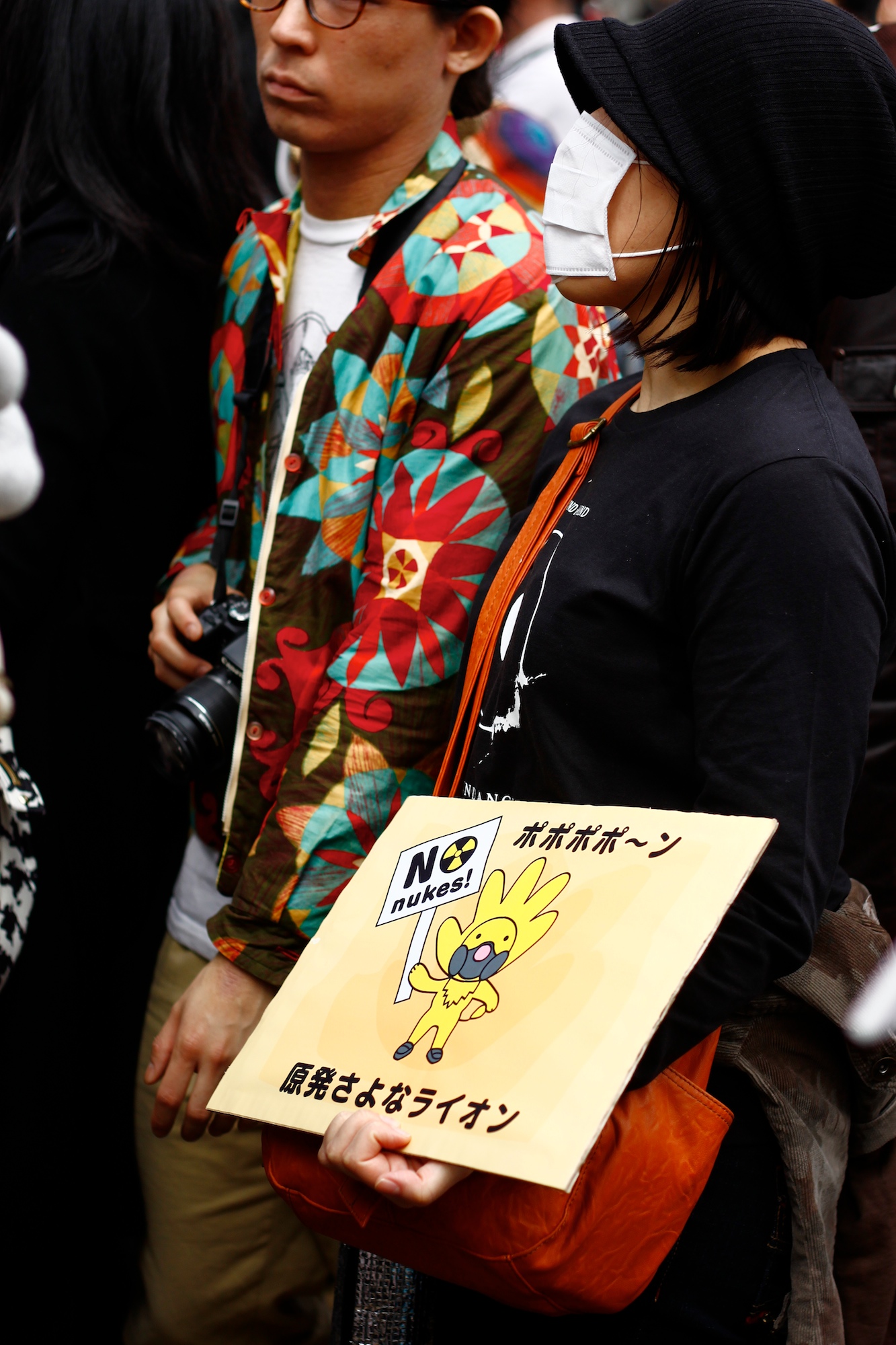Nuclear power was widely considered the most practical and efficient form of energy until a battered reactor at Fukushima Daiichi, Japan began emitting radiation, following a Tsunami on March 11, last year. To be fair to it’s oponents, this gave the sceptics another chance to raise their voice against it. As protests gathered momentum around the world, many countries scrambled to get rid of nuclear reactors.
Germany, one of the first to react, announced that it would phase out its nuclear power systems and substitute them with renewable energy sources. Switzerland followed suit. Even the rapidly emerging economic powerhouse, China, decided to halt its nuclear ambitions to review the safety measures.
A recent report from the UK Government shows that 12 out of 19 nuclear sites, including eight proposed for new nuclear power stations around the coast, numerous radioactive waste stores, operating reactors and defunct nuclear facilities, in the country are vulnerable to flooding and coastal erosion, according to the Guardian.
Protests against nuclear plants in the UK have been strong. A mass protest against a nuclear plant at Hinkley Point in Somerset took place on 10 March. Leading environmentalists Jonathon Porritt and anti-nuclear campaigner Martyn Rowe joined demonstrators at the site to mark the first anniversary of the Fukushima disaster – and to call for a halt to the development of the new plant at Hinkley Point.
In Japan, an estimated 45,000 people took part in protests against nuclear power on 11 March, reports The Telegraph. This has come amidst rising fears that the Japanese Government would restart the reactors without proper safety measures.

In India, mass protests against a newly built nuclear plant in the coastal village of Koodankulam are capturing the attention of the global community. A mass protest is planned on 15 March, christened Koodankulam Chalo (Go to Koodankulam). The activists have given a nationwide call to gather at the nuclear site to create more awareness about the issue.
Sortir du Nucléaire, an antinuclear coalition in France organised a human chain covering the 200 kilometre distance between Lyon and Avignon. The Financial Times reports on protests, against the unscientific approach of building nuclear plants, that have been seen in China as well. In Australia, demonstrators converged on the Australian headquarters of global mining giants BHP Billiton and Rio Tinto Sunday to mark one year since Japan’s reactor crisis.
One of the contending factors in antinuclear movements has been the issue of alternate energy sources. Promoters of nuclear power argue that nuclear energy is the most practical, clean energy that’s available today. The last United Nations Conference on Climate Change had nations across the globe agreeing to a treaty which would be formulated by 2015 and enforced by 2020. This in effect means most major countries have to review their energy policies to adhere to acceptable levels of emission.
Andrew Winston, co-author of the best-seller Green to Gold and the author of Green Recovery points out that “It [nuclear energy] provides steady base power (20% of our electricity today) and is close to ‘zero carbon.’” The economist reports that a team from Princeton University, headed by Robert Socolow calculated that if the world were to replace 700GW of coal-fired plant with nuclear reactors over 50 years, it could reduce its annual emissions of carbon dioxide by 3.7 billion tonnes.
Winston points out that there are two sets of people who support nuclear power in the US. One is the pro-energy lobbyists and companies and the other is environmentalists who believe in the above mentioned reason.

PK Sundaram is an active campaigner against nuclear plants in India and a research consultant of the Coalition for Nuclear Disarmament and Peace (CNDP). He feels that even though he resists nuclear power, he would not advocate coal or gas plants for power generation either. “We are demanding an overview of our total energy policy”, he says. He points out that India as a country has tremendous potential for wind, solar and hydroelectric projects, which would provide adequate powers. He also added that the current nuclear plants, even if made operational, are not going to help India reduce its emissions by 2020, since they will not be fully operational until at least 2030.
Crispin Aubrey, press officer and newsletter editor of Stop Hinkley group points to the success of Germany in altering their policies to phase out nuclear power and shift their focus to alternate eco-friendly energy sources.
In a statement from the Stop Hinkley group, Jonathon Porritt, environmentalist and writer says, “We can achieve everything we need in terms of secure, low-carbon energy primarily from energy efficiency, renewables and modern technologies like Combined Heat and Power. I believe that we can still persuade UK citizens that ‘new nuclear’ is the wrong thing for us to be doing.”
However, supporters of Nuclear power believe that the fears against it are unscientific. Yukiya Amano, Director General of the International Atomic Energy Agency (IAEA), in a release said, “Nuclear power is safer than it was a year ago as the nuclear industry, regulators and governments act on the lessons of Fukushima”. But he added that complacency can lead to disaster. But Reuters report that Green Peace said no lessons have been learnt.
It is not to say that Governments are not looking at alternate options. The Wired Magazine reports that China is already looking at thorium-fuelled molten-salt nuclear reactor. Thorium is a safer, cleaner and more abundant alternative fuel which does not have the risk of a meltdown. The United States is looking at Gen III reactors which are considered safer and more efficient than the existing ones.
However, it would come down to the authorities convincing the public on safety issues and benefits of nuclear reactors. While new technology will decrease the risk levels, it is important that there is greater transparency at the administrative level. Nuclear power has had a good safety record in terms of statistics. However, the problem is that when it fails, it is a disaster beyond measure. Whether it is innovations or convincing arguments, the future of nuclear energy is not very clear
Main Image: Breakdown Press, Flickr









